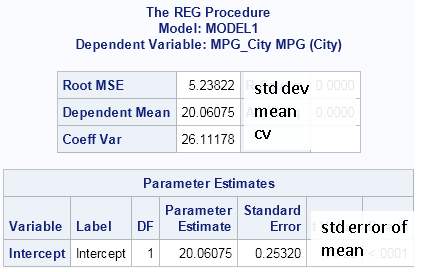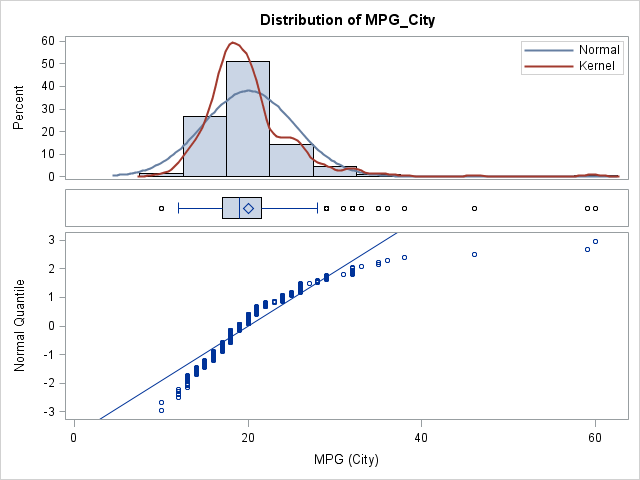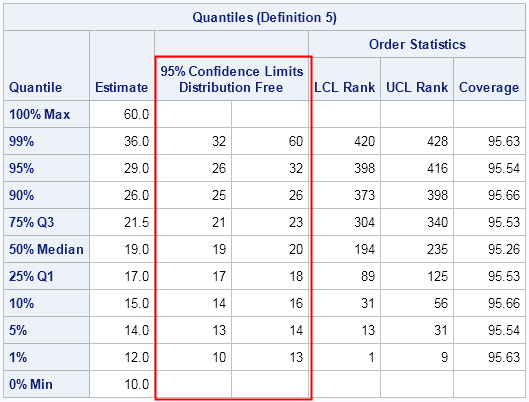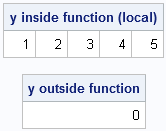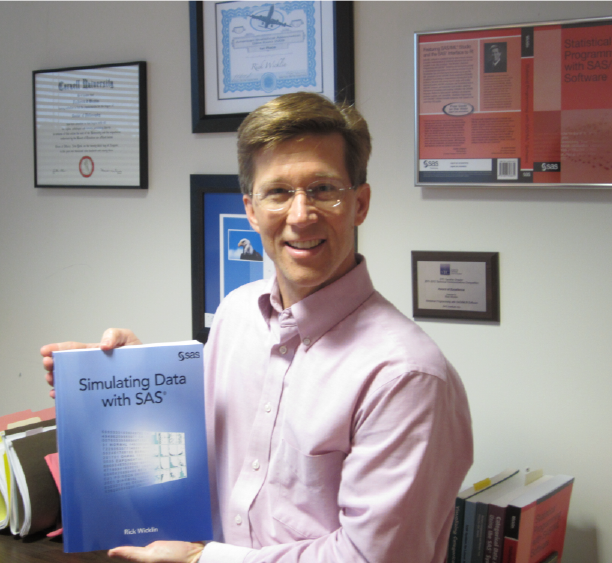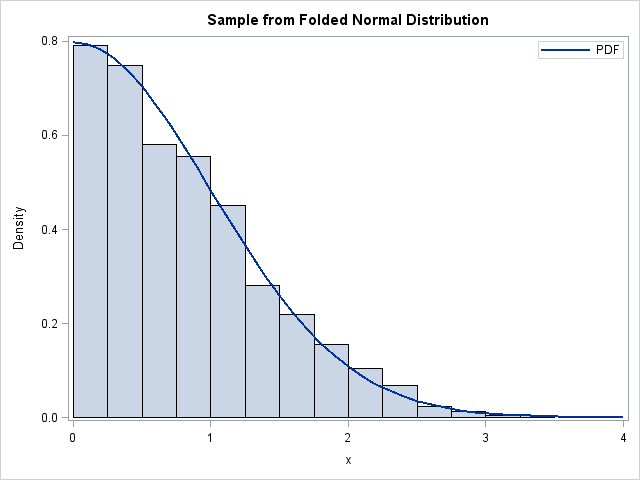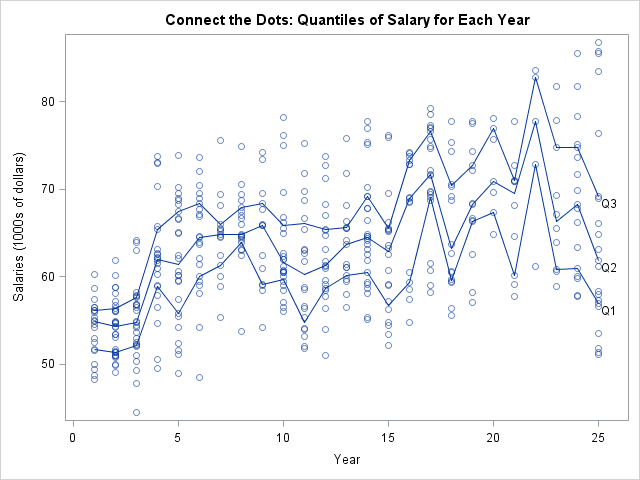
Last week someone posted an interesting question to the SAS/IML Support Community. The problem involved four nested DO loops and took hours to run. By transforming several nested DO loops into an equivalent matrix operation, I was able to reduce the run time to about one second. The process of


